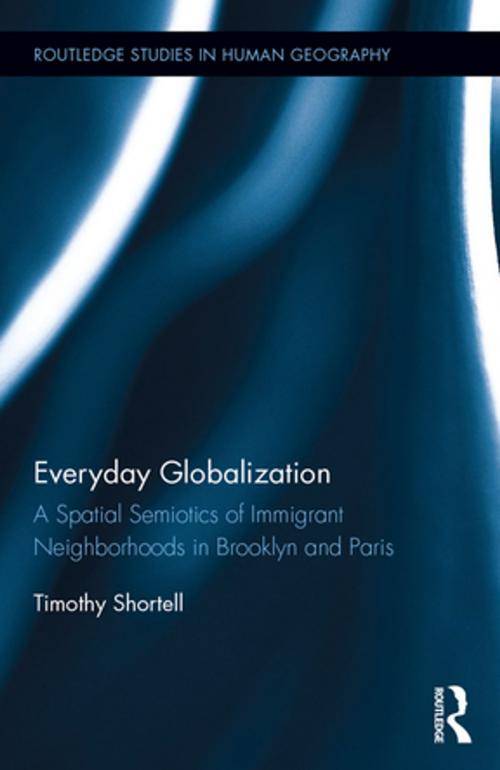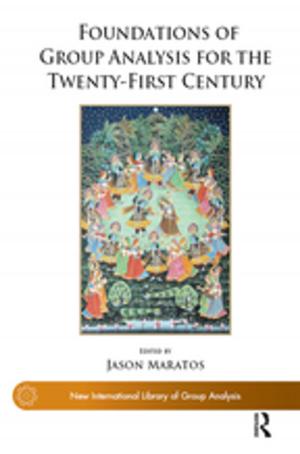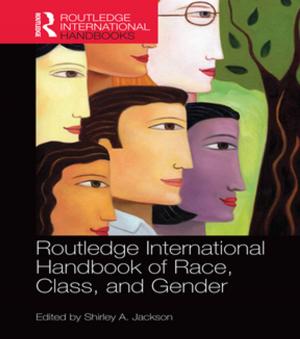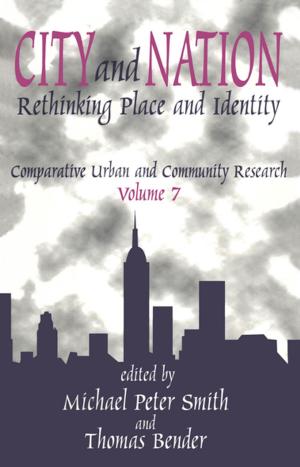Everyday Globalization
A Spatial Semiotics of Immigrant Neighborhoods in Brooklyn and Paris
Nonfiction, Social & Cultural Studies, Social Science, Human Geography, Cultural Studies, Emigration & Immigration, Sociology, Urban| Author: | Timothy Shortell | ISBN: | 9781317963240 |
| Publisher: | Taylor and Francis | Publication: | March 10, 2016 |
| Imprint: | Routledge | Language: | English |
| Author: | Timothy Shortell |
| ISBN: | 9781317963240 |
| Publisher: | Taylor and Francis |
| Publication: | March 10, 2016 |
| Imprint: | Routledge |
| Language: | English |
Everyday Globalization is a micro-sociological study of immigrant neighborhoods in Brooklyn and Paris. Global flows of people bring together cultural practices from distant places and urban dwellers in global cities interpret the signs of collective identity in ascribing particular places as "immigrant neighborhoods." This book examines the spatial semiotics of identity in urban public space that make this possible. Unlike other studies of globalization and cities, this work brings together research on the social psychology of groups, linguistic landscapes, and quotidian mobility to explain how urban dwellers encounter cultural differences. Signs of social identity are always interpreted in the context of group boundaries and the appropriation of public space. The breadth of this analysis contributes to the literature in human geography on the meaningfulness of places. This book will also be of interest to scholars and students in visual sociology. In addition, this research demonstrates an innovative method for studying everyday urban experience.
Everyday Globalization is a micro-sociological study of immigrant neighborhoods in Brooklyn and Paris. Global flows of people bring together cultural practices from distant places and urban dwellers in global cities interpret the signs of collective identity in ascribing particular places as "immigrant neighborhoods." This book examines the spatial semiotics of identity in urban public space that make this possible. Unlike other studies of globalization and cities, this work brings together research on the social psychology of groups, linguistic landscapes, and quotidian mobility to explain how urban dwellers encounter cultural differences. Signs of social identity are always interpreted in the context of group boundaries and the appropriation of public space. The breadth of this analysis contributes to the literature in human geography on the meaningfulness of places. This book will also be of interest to scholars and students in visual sociology. In addition, this research demonstrates an innovative method for studying everyday urban experience.















